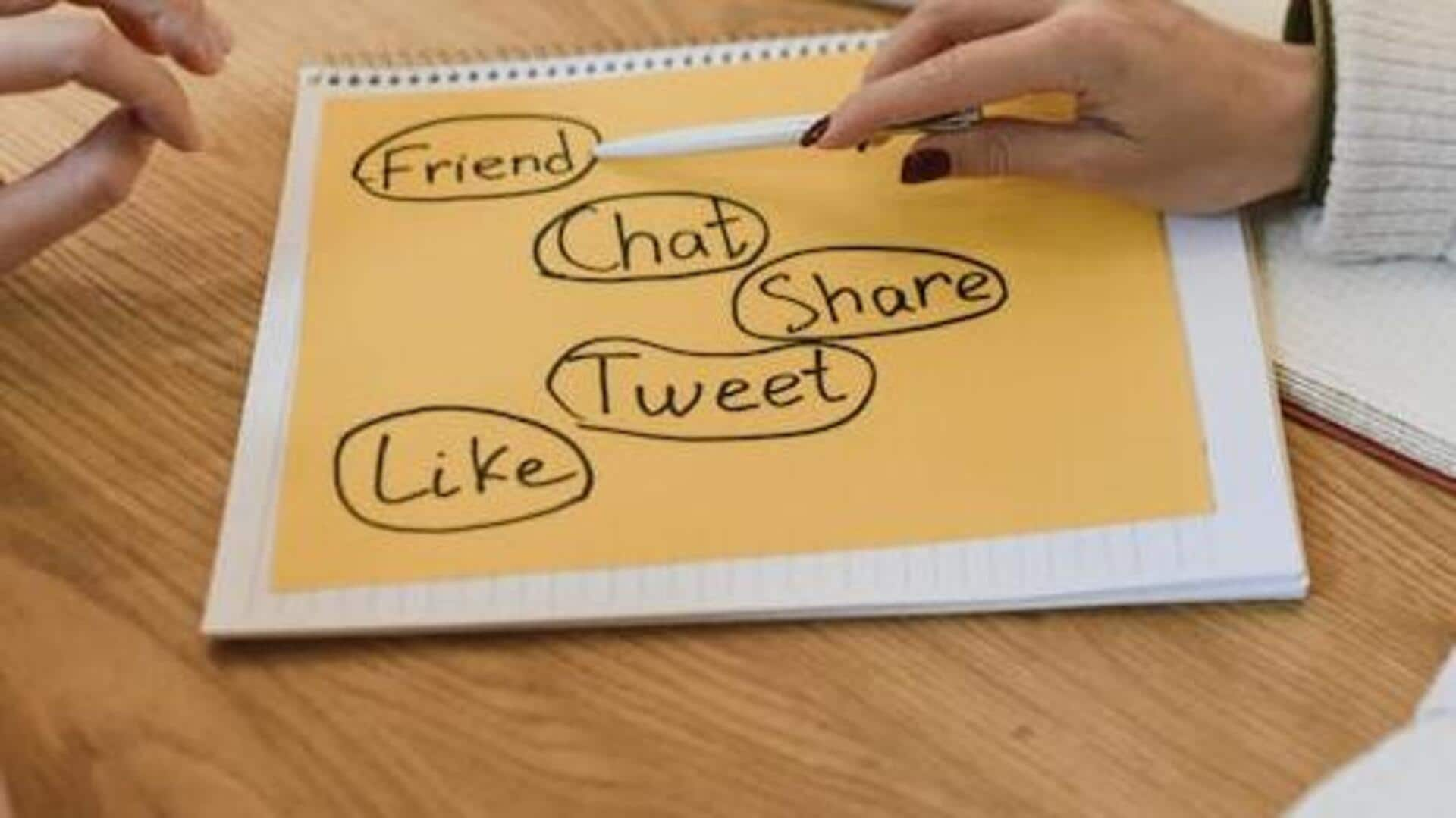
Workplace greeting etiquette you need to know
What's the story
Mastering workplace greeting etiquette is essential for maintaining a positive and professional environment.
After all, greetings set the tone for interactions, affect first impressions, and may even affect workplace relationships.
Knowing the nuances of greeting etiquette helps in navigating diverse work cultures and improves communication.
Here's taking a look at some essential tips to ensure your greetings are apt and effective in any setting.
First impressions
The power of a smile
A genuine smile is one of the simplest yet most powerful tools in workplace greetings. It conveys warmth, openness, and approachability.
Smiling when you greet someone can make them feel valued and respected. It also sets a positive tone for the interaction that follows.
A smile can bridge cultural gaps and create an inviting atmosphere, making it easier to establish rapport with colleagues or clients.
Non-verbal cues
Importance of eye contact
Maintaining eye contact during greetings is important as it reflects confidence and attentiveness.
It indicates that you're invested in the conversation and respect the person you're addressing.
However, eye contact should be balanced out to not make others uncomfortable.
In certain cultures, prolonged eye contact may be viewed differently, so having an understanding of cultural norms helps.
Physical gestures
Appropriate handshakes
A handshake continues to be a widely used form of greeting at several workplaces across the globe.
A firm-yet-not-overbearing handshake speaks volumes of your professionalism and confidence.
Ensure that you match the grip strength with that of your counterpart's to not make them uncomfortable or awkward.
In some cases/cultures where handshakes may not be suitable, try alternative gestures such as a nod or verbal greeting.
Personal touches
Using names correctly
Addressing colleagues by their names during greetings also adds a personal touch that can strengthen connections.
It shows attentiveness and respect for individuals' identities within the workplace setting.
If you're unsure about pronunciation or titles, such as Mr., Ms., Dr., it's polite to ask beforehand rather than assuming incorrectly which could lead to misunderstandings.
Contextual awareness
Timing your greetings right
Timing is everything when it comes to offering greetings at work. Knowing when is appropriate goes a long way in keeping things smooth.
This way you won't end up interrupting someone busy in a meeting or on a phone call.
Sometimes attention needs to be focused elsewhere, temporarily, before socializing again later on breaks, etcetera.